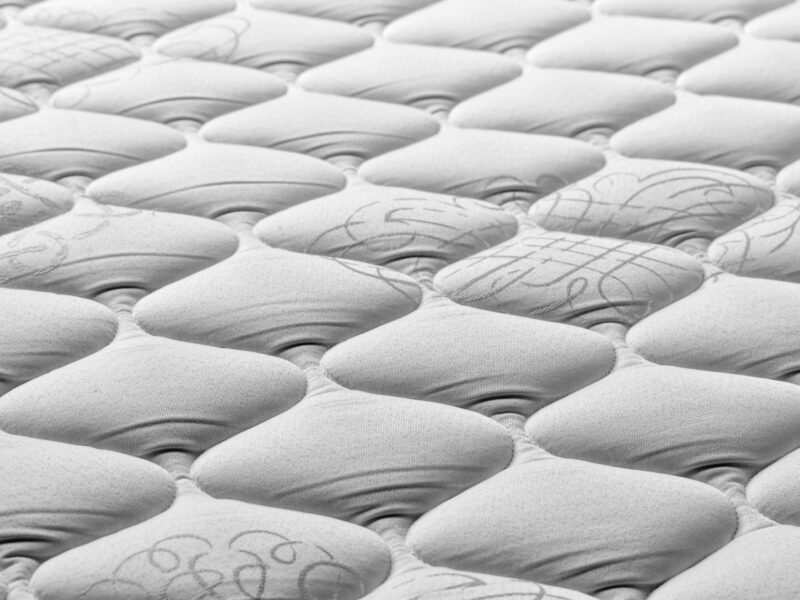Tears are an intricate mixture of water, lipids, proteins, and mucus. Some causes of dry eyes include poor blinking when reading or staring at screens, dehydration, and exposure to drying wind from fans and heaters.
Certain medical conditions, including diabetes, rheumatoid arthritis, and thyroid problems, can also increase your risk for dry eye. Some medications, including antihistamines, decongestants, blood pressure, and glaucoma medicines, can also reduce tear production.
Causes
Several things can cause dry eye. It may be a side effect of a medication or can occur with age. Medical conditions like lupus, rheumatoid arthritis, or other autoimmune disorders can also cause dry eyes.
Other factors contributing to dry eyes include environmental conditions (wind, dry air, or sun exposure) and medical problems like blepharitis/meibomian gland dysfunction. Blepharitis causes inflammation of the oil glands and can decrease the secretion of oil that makes up the tear film. Other diseases leading to dry eye are rosacea, Demodex mites, and graft versus host disease.
Nonprescription eye drops, gels, and ointments often relieve dry eye symptoms. If these don’t work, you should see your ophthalmologist. Your ophthalmologist will examine your eyes, looking at your eyelids and the surface of your corneas.
They will also ask about your work/home environment and any other medications you are taking. They may also do a particular dye test or use a probe to measure the quality of your tears and to give effective dry eye treatment solutions – find relief for irritated eyes.
Symptoms
The main symptoms of dry eye are irritation, watery tearing, and sometimes the feeling of grit or sand in your eyes. Other symptoms can include difficulty wearing contact lenses and inability to concentrate on tasks. The condition can also cause discomfort when exposed to certain environmental conditions such as wind, smoke, or low humidity.
Over-the-counter artificial tears and ointments can help to relieve symptoms. For more severe symptoms, prescription drops, gels, or ointments can increase tear production and decrease inflammation. Specially made glasses that wrap around the eyes help moisten the tear film and reduce irritant exposure.
Certain medical conditions, including rheumatoid arthritis and autoimmune diseases like Sjogren’s syndrome, can contribute to the development of dry eye. Changes in hormone levels caused by pregnancy, oral contraceptives, and menopause can also reduce natural tear production.
Other medications, including antihistamines and decongestants, can also affect tear production. Long-term contact lens use and refractive operations such as LASIK can also contribute to the illness.
Treatment
Fortunately, there are many treatments available to help relieve dry eye symptoms. These range from OTC artificial tears to prescription eye drops and ointments that reduce inflammation and promote the production of quality tears.
Your eye care specialist will take a complete medical history and note factors such as how long you spend looking at screens, whether or not you wear contact lenses if you smoke, your allergies, your age, and your health conditions that may increase your risk for dry eyes. They will also examine your eye and test your tear production.
You can help reduce your symptoms by changing your environment and lifestyle. This includes taking breaks from screen time, avoiding cold or windy weather, and using a humidifier in your home. You can also make dietary changes, such as adding flax seeds and foods containing omega 3, which can help promote healthy tear production. If these simple changes don’t help, your eye care professional may recommend other treatments.
Prevention
Most people with mild or occasional dry eye symptoms are good candidates for symptom relief using over-the-counter, nonprescription artificial tears. Your doctor can recommend a particular drop brand that is best for you. If your dry eye problems are severe, your doctor may advise you to use ointments or drops.
Managing the risk factors that enhance your chances of developing dry eye is the most effective preventive measure. This includes avoiding smoke (including cigarette smoke), windy conditions, and wearing sunglasses. If you wear contact lenses, limiting how long you wear them each day and switching to blue-light-filtering lenses can help prevent dry eye.
Drinking water (8 to 10 glasses) daily can decrease your risk of developing dry eye. If you have a chronic medical condition, notably diabetes, talk to your doctor about managing it to reduce your risk of dry eye. Also, ensure your doctor knows about all your prescription and over—the—counter medications.



